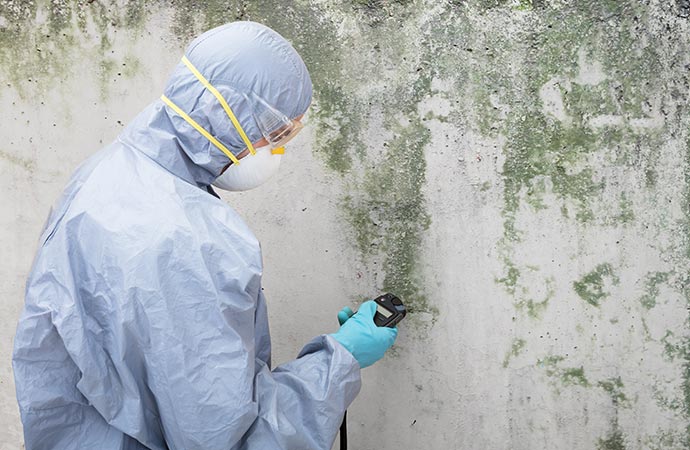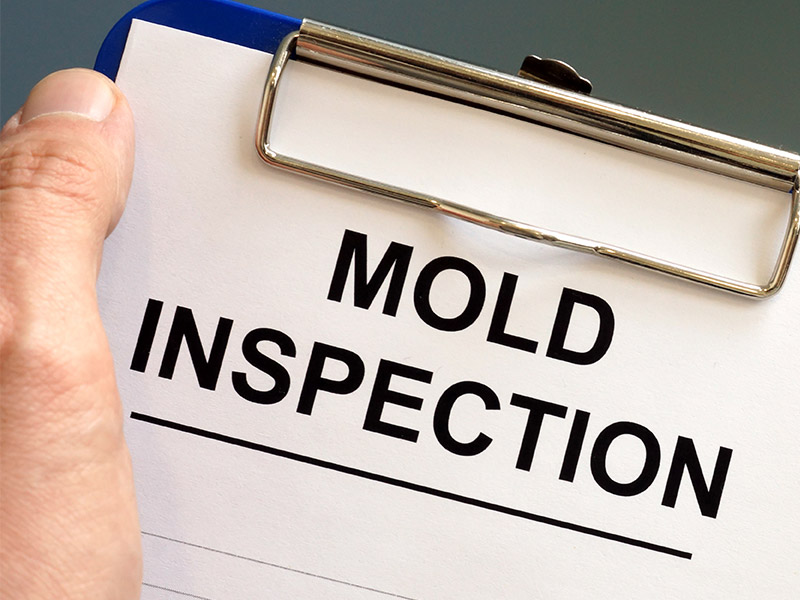The Function of Mycotoxin testing Services in Food and Feed Security
The Function of Mycotoxin testing Services in Food and Feed Security
Blog Article
Ensuring Compliance With Rules: the Role of Mycotoxin Evaluating in High Quality Control
Making sure conformity with strict policies is vital for preserving food security, and the role of mycotoxin screening in quality assurance can not be overstated. Mycotoxins, hazardous substances produced by specific mold and mildews, present substantial health and wellness threats, making their discovery critical in food manufacturing. Adherence to regulative standards, such as those established by the FDA and EU, needs robust screening approaches and innovations to determine and quantify these contaminants. By executing detailed testing protocols, firms can protect against prospective health and wellness dilemmas, stay clear of expensive recalls, and maintain customer trust fund. Nonetheless, the complexities of these screening processes increase crucial concerns concerning their efficiency and performance.
Recognizing Mycotoxins
Recognizing mycotoxins is fundamental to making certain the top quality and safety and security of agricultural products. Mycotoxins are hazardous second metabolites generated by specific types of fungi, commonly found in foods such as grains, seasonings, and nuts. These substances can arise at various stages of the food production process, from pre-harvest to storage space, and present substantial health risks to both pets and humans (Mycotoxin testing Services). One of the most well-known mycotoxins include aflatoxins, fumonisins, trichothecenes, and ochratoxins, each connected with certain fungal varieties and environmental problems.
The presence of mycotoxins in food products can bring about acute and chronic health concerns, including liver damages, immune reductions, and cancer causing results. As a result, their discovery and quantification are important elements of top quality control in farming and food markets. The complexity of mycotoxin contamination demands a multifaceted method, using advanced logical techniques such as fluid chromatography, mass spectrometry, and enzyme-linked immunosorbent assays (ELISA) By comprehending the sources, types, and results of mycotoxins, stakeholders in the agricultural market can better apply preventative steps and mitigate dangers, making certain much safer intake for end-users. This understanding forms the bedrock upon which efficient mycotoxin management practices are developed.
Regulative Specifications for Mycotoxins
Having established a foundational understanding of mycotoxins and their influence on food safety and security, it is imperative to evaluate the governing criteria governing their existence in farming items. Governing standards for mycotoxins are essential since they define permitted limits, making certain food security and shielding public health and wellness. Numerous worldwide and nationwide agencies have actually established these limitations based upon detailed risk evaluations.
The Codex Alimentarius Commission, an international body established by the FAO and WHO, offers guidelines and maximum allowable degrees for various mycotoxins in food and feed. The Codex has actually set limitations for aflatoxins in peanuts, maize, and dried out figs, among various other assets. These standards are often adopted or adapted by specific nations to fit their certain needs.
In the European Union, Regulation (EC) No 1881/2006 specifies maximum levels for several mycotoxins, such as aflatoxins, ochratoxin A, and deoxynivalenol, in various food items. In a similar way, the United State Fda (FDA) has established activity degrees for mycotoxins like aflatoxins in commodities such as grains and nuts.
Adherence to these governing criteria is critical for keeping market accessibility, customer trust, and public health and wellness. Non-compliance can lead to substantial economic losses and wellness risks, emphasizing the value of stringent mycotoxin screening protocols.
Checking Methods and Technologies

ELISA is widely appreciated for its quick and economical testing capabilities, making it excellent for high-throughput atmospheres. It relies upon antibodies to identify specific mycotoxins, giving outcomes in a relatively brief time structure. Nevertheless, its sensitivity might be limited contrasted to more sophisticated techniques.
HPLC, on the various other hand, masters giving quantitative analysis with high precision and accuracy. It divides complicated combinations into specific components, making it extremely reliable for identifying and evaluating multiple mycotoxins simultaneously - Mycotoxin testing Services. This strategy, while extra time-consuming and resource-intensive than ELISA, provides a greater degree of dependability

LC-MS stands for the peak of logical specificity and sensitivity. Integrating the splitting up power of liquid chromatography with the discovery abilities of mass spectrometry, LC-MS can find also trace levels of mycotoxins. This technique is crucial for confirming the existence of mycotoxins in regulatory and forensic contexts, guaranteeing compliance with rigid safety requirements.
Carrying Out Evaluating Procedures

Including these innovative screening methods into an extensive quality assurance structure demands a well-structured approach to carrying out screening protocols. To accomplish this, companies have see this here to first conduct a detailed threat analysis to recognize prospective mycotoxin contamination points within the supply chain. This analysis educates the development of a customized screening method that addresses specific vulnerabilities.
Following, establishing standardized sampling procedures is important. Consistent tasting guarantees that examination results are reliable and representative of the whole set (Mycotoxin testing Services). Complying with standards from regulative bodies, such as the FDA or EFSA, aids keep compliance and improves the reputation of the screening Read More Here procedure
Training workers is another essential component. Personnel should be skilled in both sample collection and the operation of screening equipment. Regular training sessions and qualification programs can make sure that staff member remain upgraded with the most up to date techniques and regulative adjustments.
Advantages of Mycotoxin Examining
Mycotoxin testing offers many benefits that significantly boost the security and top quality of food and feed items. Mainly, it acts as an essential control action to stop polluted items from getting to the consumer market, thereby guarding public wellness. By identifying and quantifying mycotoxins such as ochratoxins, aflatoxins, and fumonisins, producers can make certain that their items meet stringent regulatory criteria, therefore preventing prospective legal consequences and linked prices.
Additionally, mycotoxin testing adds to the economic feasibility of food and feed markets by reducing the danger of large product remembers. The capacity to identify and isolate contaminated batches early in the production process lowers waste and stops the financial losses associated with broken brand name reputation. Additionally, it fosters customer trust fund and commitment, as clients are increasingly familiar with food safety and security problems and demand greater high quality standards.
The application of regular mycotoxin screening also promotes best methods within agricultural and manufacturing markets. By sticking to rigorous screening procedures, companies can maximize their high quality control processes, improve functional performance, and guarantee the constant production of risk-free, top quality products. To conclude, the benefits of mycotoxin screening are diverse, adding to public health, financial stability, and sector honesty.
Conclusion
Mycotoxin screening is vital in making certain compliance with regulatory requirements, thus keeping food safety and quality assurance. By methodically discovering dangerous mycotoxins, this practice assists mitigate health threats, avoid legal effects, and avoid monetary losses related to item recalls. Applying robust testing methods cultivates consumer count on and confidence in food security practices, eventually supporting the stability and credibility of food organizations. Therefore, mycotoxin screening remains a vital element of modern-day food safety administration systems.
Guaranteeing conformity with stringent laws is extremely important for preserving food safety and security, and the duty of mycotoxin screening in quality control can not be overemphasized.In have a peek at this site the realm of mycotoxin testing, progressed techniques and modern technologies are pivotal in making sure food security and regulatory compliance.Mycotoxin screening offers many advantages that dramatically enhance the safety and top quality of food and feed products.Mycotoxin screening is essential in making certain conformity with governing standards, thus preserving food safety and quality control. Thus, mycotoxin testing stays a crucial part of modern-day food safety and security monitoring systems.
Report this page